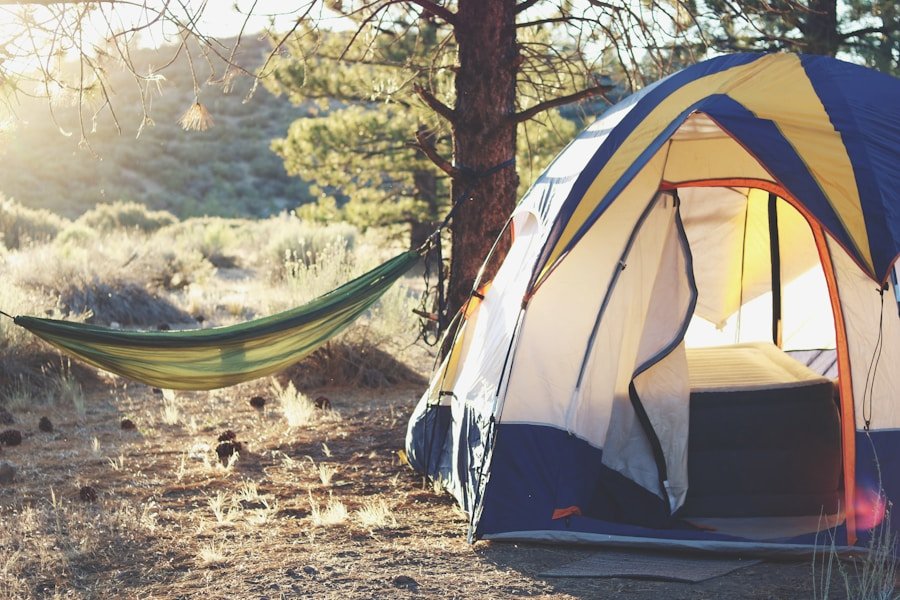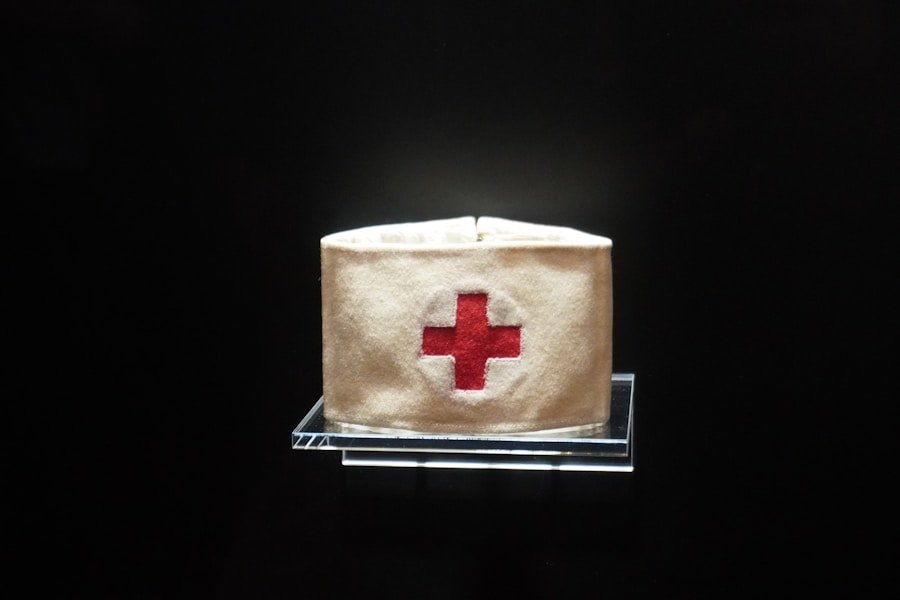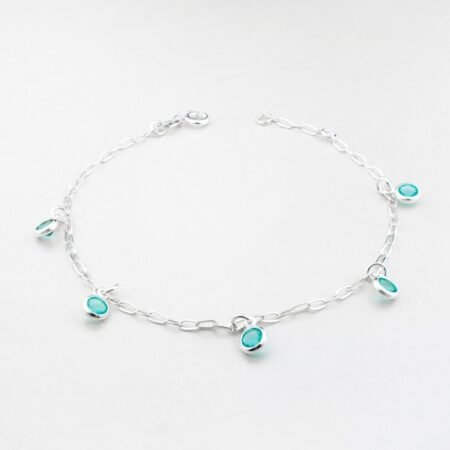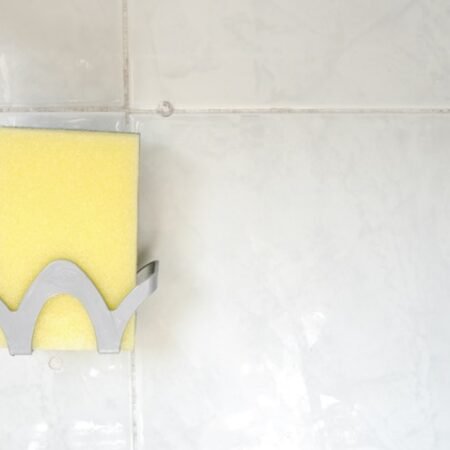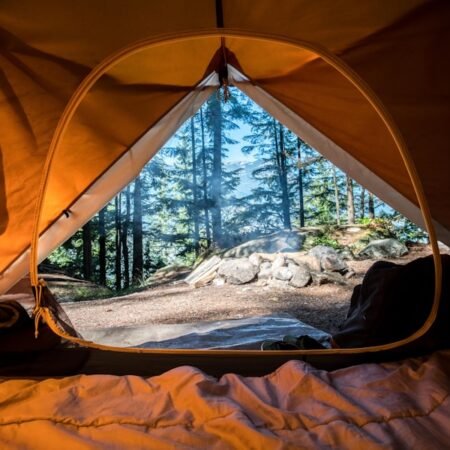When it comes to choosing a hammock for camping, there are several different types to consider. The most common types of hammocks for camping include traditional hammocks, parachute hammocks, and camping hammocks with built-in bug nets. Traditional hammocks are typically made of cotton or polyester and are great for lounging, but may not be the best option for camping due to their lack of protection from insects.
Parachute hammocks, on the other hand, are made of lightweight, breathable nylon and are designed specifically for camping. These hammocks are easy to set up and pack down small, making them a popular choice for backpackers. Camping hammocks with built-in bug nets offer the best of both worlds, providing protection from insects while still being lightweight and easy to set up.
Another type of hammock to consider for camping is the double hammock, which is designed to accommodate two people. This can be a great option for couples or friends who want to share a hammock while camping. Additionally, there are also hammocks with rain flies or tarps that provide extra protection from the elements, making them a good choice for camping in rainy or windy conditions.
Key Takeaways
- Consider the weight and size of the hammock when choosing one for camping
- Look for hammocks with built-in bug nets and rain flies for added protection
- Hammocks made of lightweight and durable materials are best for camping
- Proper setup and maintenance are essential for ensuring the longevity of a camping hammock
- Nylon and polyester are popular materials for camping hammocks due to their durability and quick-drying properties
Considerations for Choosing a Camping Hammock
When choosing a camping hammock, there are several important considerations to keep in mind. First and foremost, it’s important to consider the weight and size of the hammock. If you plan on backpacking with your hammock, you’ll want to choose a lightweight and compact option that won’t add too much extra weight to your pack.
Additionally, you’ll want to consider the weight capacity of the hammock to ensure that it can support your body weight. Another important consideration is the ease of setup and takedown. Look for a hammock that comes with easy-to-use suspension straps and carabiners, as well as clear instructions for setup.
You’ll also want to consider the comfort and breathability of the hammock material, as well as any additional features such as built-in bug nets or rain flies. Finally, consider the price point of the hammock and whether it fits within your budget.
Benefits of Using a Hammock for Camping
There are many benefits to using a hammock for camping. One of the biggest advantages is the comfort factor. Hammocks provide a more comfortable sleeping surface than the hard ground, and they also allow you to sleep in a slightly elevated position, which can help alleviate back pain and improve circulation.
Additionally, hammocks are incredibly versatile and can be set up in a variety of different environments, from wooded areas to rocky terrain. Hammocks also offer a more immersive outdoor experience, allowing you to feel more connected to nature as you sway gently in the breeze. They also provide better ventilation than traditional tents, which can help keep you cool and comfortable in warm weather.
Finally, hammocks are incredibly lightweight and compact, making them a great option for backpackers and anyone looking to minimize their gear.
Top Features to Look for in a Camping Hammock
| Type of Hammock | Pros | Cons | Best for |
|---|---|---|---|
| Traditional Rope Hammock | Classic look and feel | Heavy and bulky | Camping near car |
| Ultralight Camping Hammock | Compact and lightweight | May lack comfort features | Backpacking and hiking |
| Double Hammock | Room for two people | Heavier and larger to pack | Camping with a partner |
| Tree Tent Hammock | Elevated sleeping platform | Requires sturdy trees | Off-ground camping |
When shopping for a camping hammock, there are several key features to look for. One important feature is the material of the hammock itself. Look for a hammock made of high-quality, breathable nylon that is both lightweight and durable.
You’ll also want to consider the suspension system of the hammock, including the type of straps and carabiners included. Another important feature to look for is any additional accessories or built-in features, such as bug nets, rain flies, or pockets for storage. These can add extra convenience and comfort to your camping experience.
Finally, consider the weight capacity and size of the hammock to ensure that it will accommodate your needs.
Comparing Different Materials for Camping Hammocks
When it comes to choosing a material for your camping hammock, there are several options to consider. The most common material used for camping hammocks is nylon, which is lightweight, breathable, and quick-drying. Nylon is also incredibly durable and resistant to mold and mildew, making it a great choice for outdoor use.
Another popular material for camping hammocks is polyester, which is also lightweight and durable. Polyester is known for its ability to retain its shape and color over time, making it a good choice for long-term use. Additionally, some camping hammocks are made of cotton, which is soft and comfortable but may not be as practical for outdoor use due to its lack of water resistance.
Ultimately, the best material for your camping hammock will depend on your specific needs and preferences. Consider factors such as weight, durability, breathability, and water resistance when choosing the material that’s right for you.
Tips for Setting Up a Hammock for Camping
Setting up a hammock for camping can be quick and easy if you know what you’re doing. The first step is to find two sturdy anchor points, such as trees or posts, that are spaced about 10-15 feet apart. Once you’ve found your anchor points, attach your suspension straps to each one using a secure knot or carabiner.
Next, attach your hammock to the suspension straps using the carabiners provided. Make sure that the hammock is hanging at a slight angle with the center lower than the ends to create a flatter sleeping surface. Finally, adjust the tension of the straps until the hammock is at your desired height and level of comfort.
It’s also important to consider any additional accessories you may need, such as a rain fly or bug net, and make sure these are properly set up as well. Finally, always test out your setup before fully committing to ensure that everything is secure and comfortable.
How to Properly Maintain and Care for a Camping Hammock
Proper maintenance and care are essential for ensuring the longevity of your camping hammock. One important aspect of maintenance is cleaning your hammock regularly to remove dirt, sweat, and other debris that can accumulate over time. To clean your hammock, simply hand wash it with mild soap and water and allow it to air dry completely before packing it away.
It’s also important to store your hammock properly when not in use. Make sure to pack it away in a dry, cool place to prevent mold and mildew from forming. Additionally, avoid storing your hammock in direct sunlight for extended periods of time, as this can cause the material to degrade over time.
Finally, be sure to inspect your hammock regularly for any signs of wear and tear, such as fraying or stretching. If you notice any damage, make sure to repair it promptly to prevent further issues. With proper care and maintenance, your camping hammock can provide years of comfortable outdoor relaxation.
In conclusion, when it comes to choosing a hammock for camping, there are several important factors to consider. From the type of hammock to the material and features, it’s important to choose a hammock that meets your specific needs and preferences. By taking the time to carefully consider these factors and properly maintain your hammock, you can enjoy many comfortable nights under the stars on your next camping adventure.
FAQs
What are the different types of hammocks for camping?
There are several types of hammocks for camping, including traditional rope hammocks, parachute nylon hammocks, and camping hammocks with integrated bug nets and rain flies.
What type of hammock is best for camping?
The best type of hammock for camping is typically a lightweight and durable parachute nylon hammock. These hammocks are easy to set up, pack down small, and provide a comfortable and supportive sleeping surface.
What features should I look for in a camping hammock?
When choosing a camping hammock, look for features such as integrated bug nets, rain flies, lightweight and durable materials, and a high weight capacity. These features will ensure a comfortable and safe camping experience.
Can I use a traditional rope hammock for camping?
While traditional rope hammocks can be used for camping, they are not as practical or comfortable as parachute nylon hammocks. Rope hammocks are heavier, bulkier, and do not provide the same level of support and protection from the elements.
Are camping hammocks easy to set up?
Yes, camping hammocks are generally easy to set up, especially parachute nylon hammocks. Most camping hammocks come with suspension systems and carabiners that make it quick and simple to hang the hammock between two trees.


